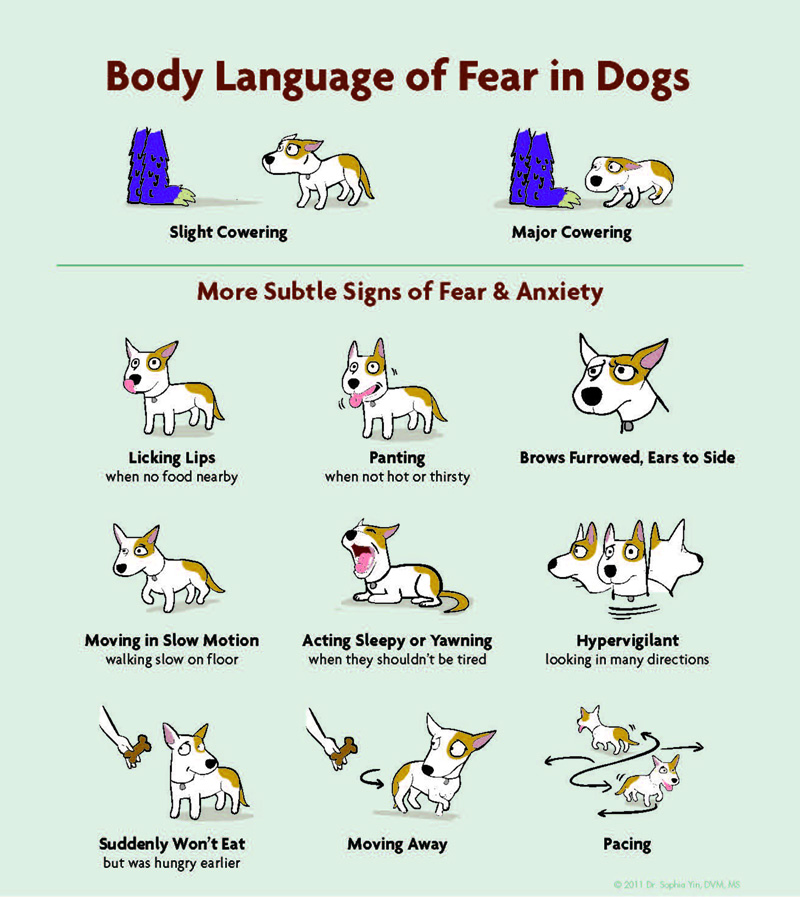
Every year in the United States there are between 350,000 and 400,000 dog bites. Of those bitten each year roughly 60% are reported to be children under the age of 15, two thirds of whom are boys.
A recent study published in the Journal of Nursing, Social Studies and Public Health showed that children between the ages of 8 and 12 accurately recognized a dog’s emotions only 17% of the time. Of the 372 primary school children studied only one in three recognized canine body language associated with displays of fearfulness in dogs. This is unfortunate as we know that a worried, frightened dog is most likely to bite.

The inability to recognize the emotional signals that a dog is sending out is compounded by the fact that children tend to think they have a greater degree of control over a dog than they actually do. In fact more than one third of the children surveyed felt that the dog obeyed them better than anyone else in their family. Perhaps not too surprising, boys were the most self-confident with 34% of them believing the dog responded better to them than to their parents. This overconfidence places boys in greater danger of missing the warning signs of impending aggression by their dog and of miscalculating the degree of control they actually have over their dog.
What is needed more than ever are training and educational opportunities for children to learn about dog behavior and to develop their handling skills so they know how to approach and deal with dogs safely. Nevertheless it will always be important that parents and adults supervise children in the presence of both puppies and dogs.
This month we are creating the Kid’s Corner for Canine Studies in our Living Room area at the Hound House. All of our Jumpstart Puppy Classes and seminars will now include activities and exercises that will help keep children and puppies safe. It is also our pleasure to share this article by Dr.Sophia Yin on helping children understand dogs and recognize the warning signs.


